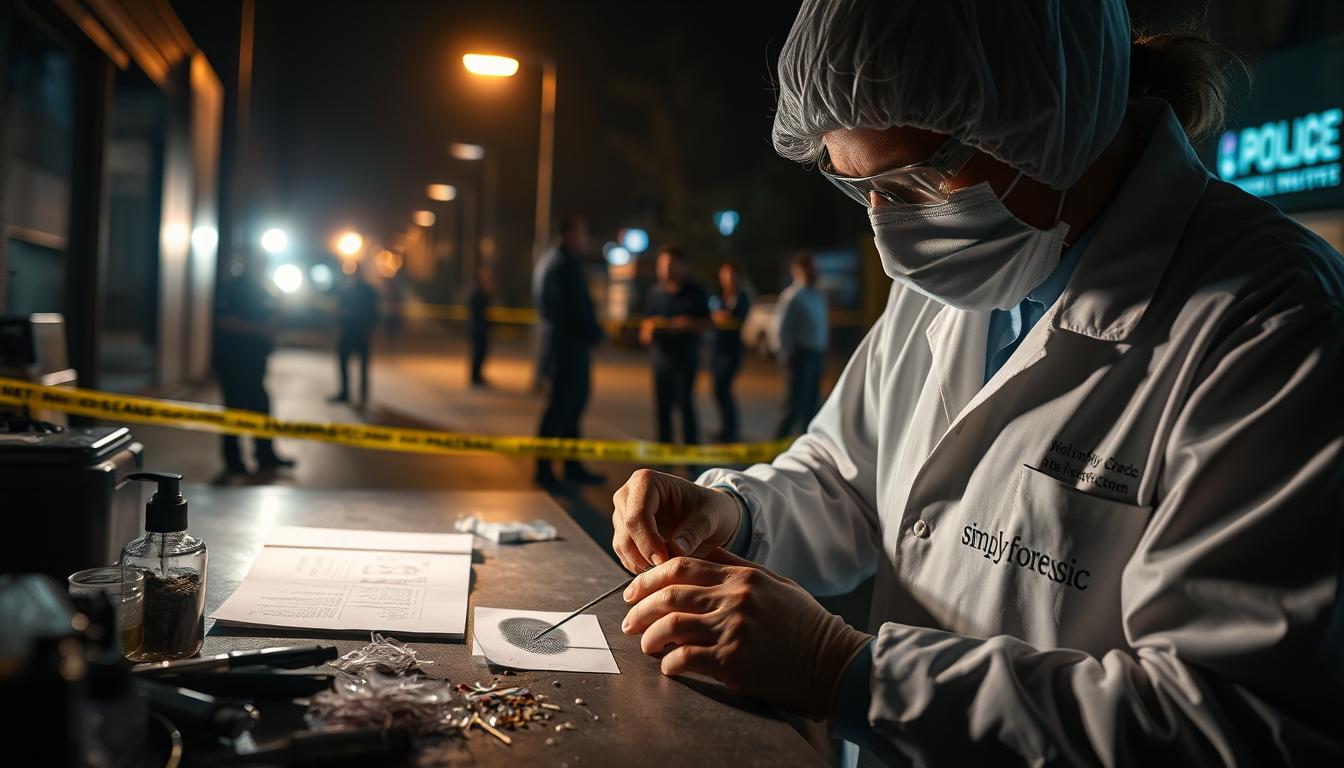🚧 We’re Under Maintenance! 🚧
Hey there! 👋
We’re currently making some exciting improvements to our website to serve you better. We’ll be back up and running shortly!
Thanks for your patience. Please check back soon, and in the meantime, feel free to reach out if you need assistance.

